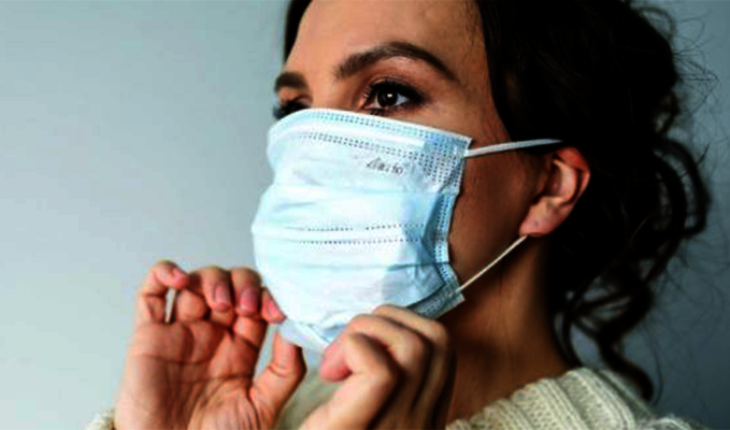The U.S. Centers for Disease Control and Prevention (CDC) explains that the new SARS-CoV-2 coronavirus, responsible for the COVID-19 pandemic, does not spread as easily when touching surfaces and objects.
CDC updated its information on this on May 11 to further explain the ways in which the virus spreads it has put everyone into check.
Since last March, studies have been published explaining that the virus can live in the air for up to 3 hours, in copper 24 hours, as well as in plastic and stainless steel for up to 72 hours, but more recent studies later warned that the virus does not spread through the air. In other words, if someone sneezes near you, it’s the slime particles that carry the virus. Either way, it’s still unclear how long the virus can remain on surfaces.
What the US CDC makes clear is what we already knew: “that the easiest and most sustainable way to spread the virus is person-to-person.”
According to the report:
“While it is ‘possible’ that COVID-19 may spread in other ways besides person-to-person contact, including touching surfaces or objects and then touching the mouth, nose or eyes or between animals and people, these are not considered on the main routes. transmission, wrote the agency.”
In line with this news (which might seem old but never more insisted on such issues), Mexico’s Undersecretary of Health Hugo López Gatell has explained that it is highly unlikely that the SARS-CoV-2 coronavirus will be acquired by touching objects. In any case, what you have to do, and this is where the CDC agrees, is to wash your hands constantly and if you touch any surface avoiding taking your hands to your face.
This information is useful now that a traffic light has been announced to reactivate life outside, as leaving does not mean that the necessary precautions should not be taken on the street.
translated from Spanish: COVID-19 does not spread easily when touching surfaces or objects
May 23, 2020 |





